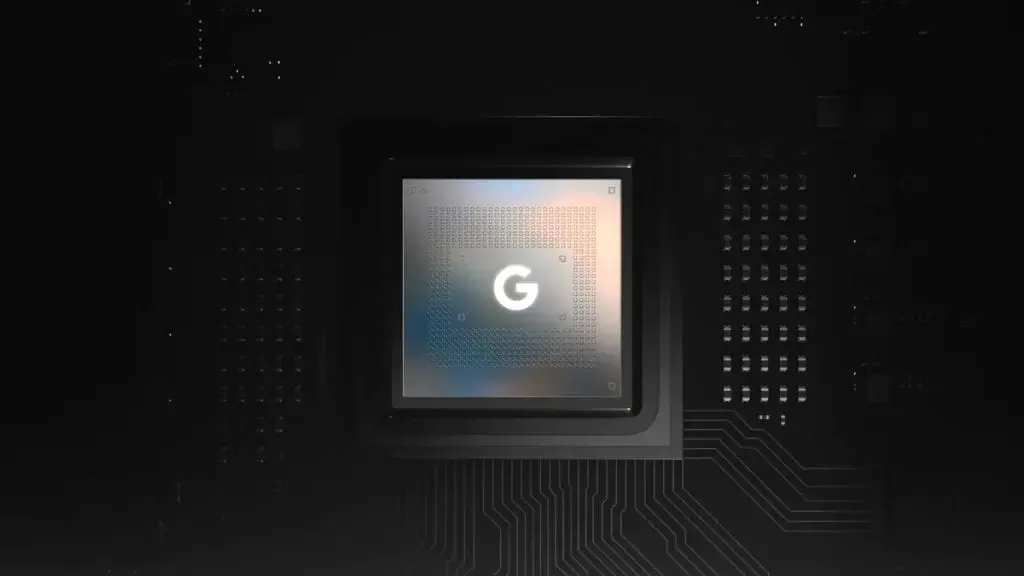The rivalry between Apple and Google is intensifying. While the competition between Android and iOS is commonly known, this contest is broadening into new areas with the advancement of technology. The latest battleground is artificial intelligence, a relatively fresh field.
Interestingly, this rivalry doesn’t prevent them from leveraging each other’s strengths. A newly published AI research paper by Apple reveals that Apple is utilizing Google hardware to lay the groundwork for Apple Intelligence. Here are the details…
Apple Utilizes Google’s TPU Clusters for AI Training
Apple and Google are typically seen as competitors in the tech industry, but it’s intriguing to note that Apple is employing Google hardware in its AI research. It has come to light that Apple is developing its AI models using Google’s v4 and v5p Cloud TPU clusters.
This information was made public in a recently released research paper by Apple. The study, titled “Apple Intelligence Foundation Language Models,” outlines the data sources and developmental processes behind Apple’s new AI technology.
The paper elaborates on the data sources Apple used for training its AI models and the methodologies applied during this process. The most eye-catching detail is that Apple initially relied on Google’s v4 and v5p Cloud TPU clusters.
For those unfamiliar, Google’s Cloud TPU clusters are built to handle high-performance computing tasks, making them perfect for intensive activities like training large language models.
The Reason Behind Apple’s Move
The likely motivation for Apple’s decision is “speed.” Many may not recall, but the AI frenzy that began with the release of ChatGPT is less than two years old.
This implies that companies need time to develop their technologies. Some may move faster in this domain, but Apple might have aimed to save time by using its rival’s technologies.
Despite this being a temporary measure, Apple plans to invest over $5 billion in AI development over the next two years. This investment is viewed as part of Apple’s strategy to catch up with industry frontrunners like Microsoft and Meta.
Whether they will achieve this goal remains uncertain.


Leave a Reply